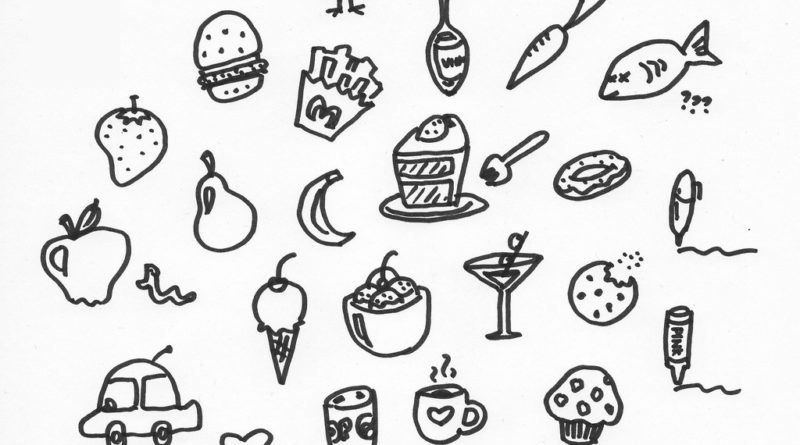Doodling: Your complete A-Z Guide!
Doodling is looked at differently by different people. Some find it a wasteful activity, some think of it as ‘drawing, scribbling, sketching’, while others look at it as a means of ‘self-expression’. It is a broader term than drawing. Your doodles may intend to carry intricate meanings or not. They can simply just be. You can see stuff that you see every day, use your brain to sort of bend the world around you and make it something else.
Find everything you’ve ever wanted to know about doodling right here!
Common myths about doodling:
- You have to be good at drawing: Anyone and everyone can doodle. It is something that comes instinctively. There is no set standard to match up to.
- Doodling indicates a lack of attention: A study has proven the exact opposite! Doodling helps one stay attentive. It stops the brain from falling into its ‘default state’ (the idle state where it is more prone to daydreaming).
- Doodles must be ‘visually pleasing’: A doodle is not meant to look good or bad. It is just an outcome of a thought, idea or memory.
Benefits of doodling:
- Improves memory: The same study showed that doodlers remembered 29% more than the people who didn’t doodle.
The next time your teacher throws chalk at you for doodling, tell her this! - Organizes your thoughts: Do you ever feel like you have too many thoughts on your mind? Doodling can be an effective tool to get out of this daunting situation. Start with one random thought, make arrows, clouds, thought bubbles, connections and go berserk! Once you have these random things penned down, you may be able to evaluate a bigger picture out of it.
- Relieves stress: When you look at that line swirling across the page, your brain too feels unwound. Psychologist Christine Shelby compares this act to meditation!
If this list hasn’t been able to convince you to start doodling, this surely will:
Famous personalities who Doodled away!
- Sylvia Plath (American Poet, Novelist):
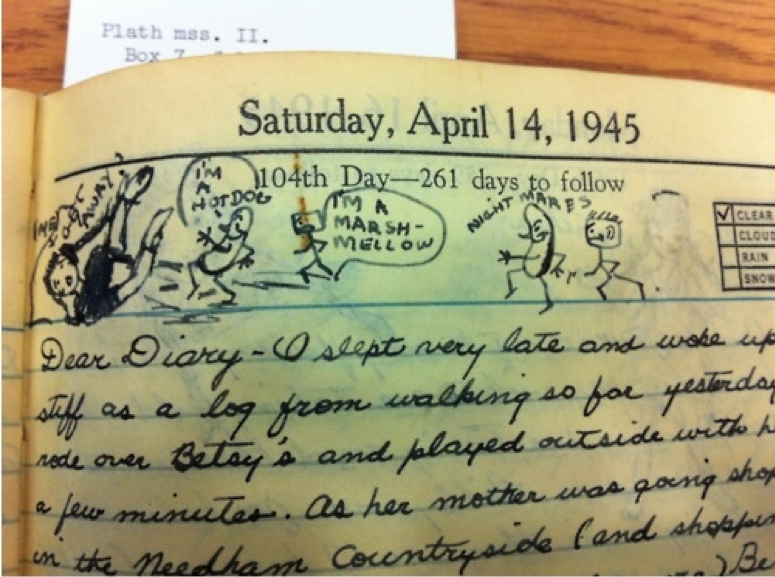
2. Ronald Reagan (40th President of the USA):
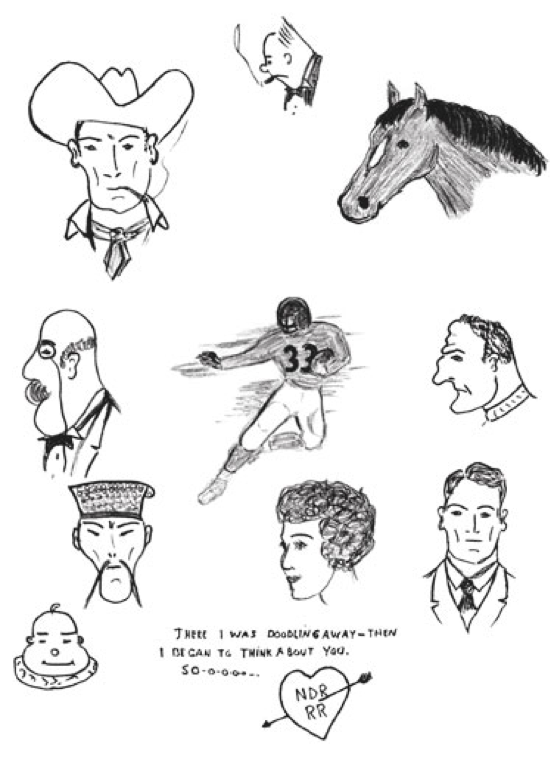
3. John F. Kennedy (35th President of the USA):
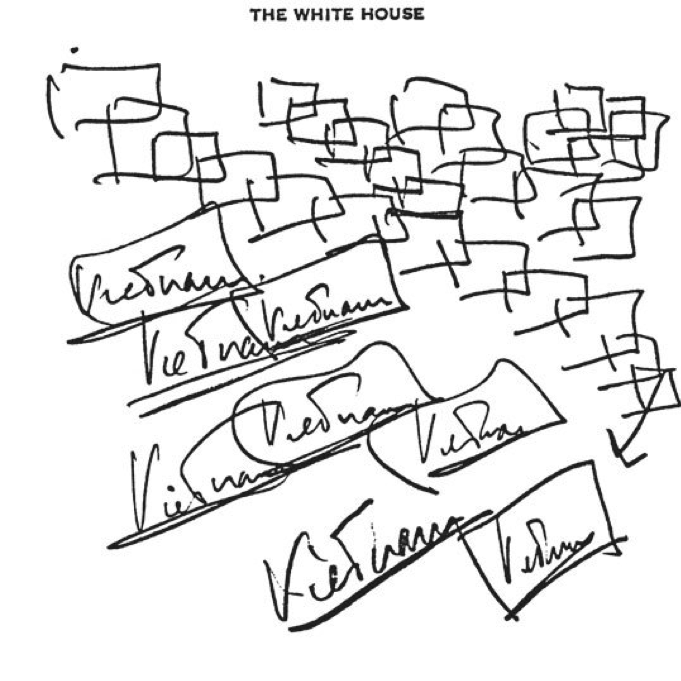
4. Queen Victoria (Queen of the UK):
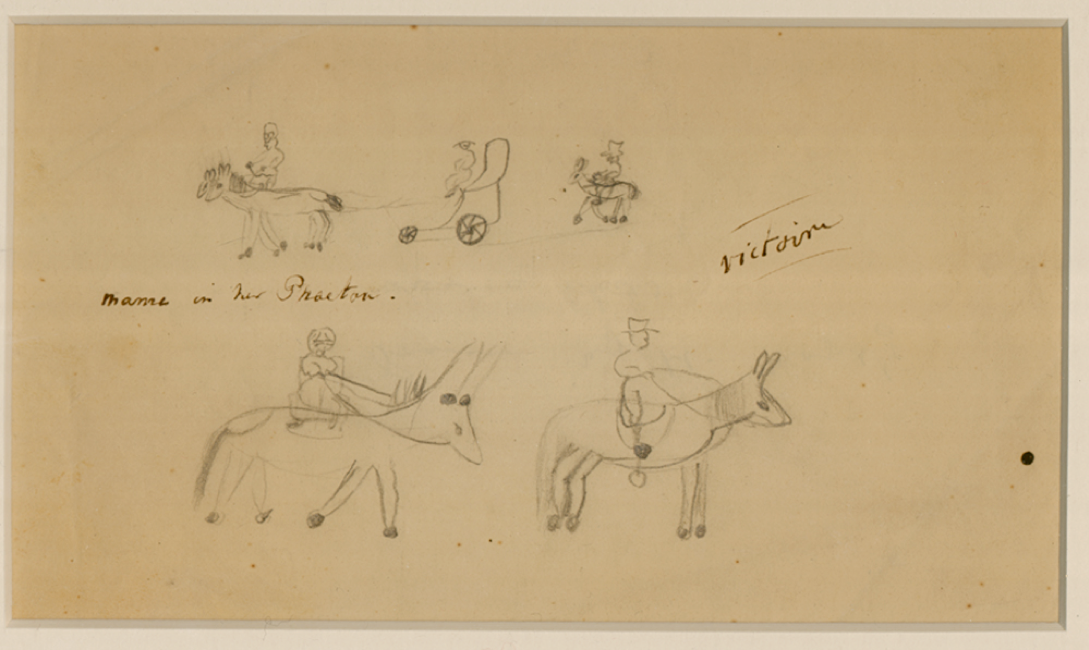
How to start doodling?
So you’ve picked up your pen and paper, but don’t know how to start? That’s okay. Think of doodling as a language in itself. Just like every language, doodling has its alphabet.
Dave Gray first introduced this set of 12 visual alphabets. These form the foundation that all your doodles will be built upon.
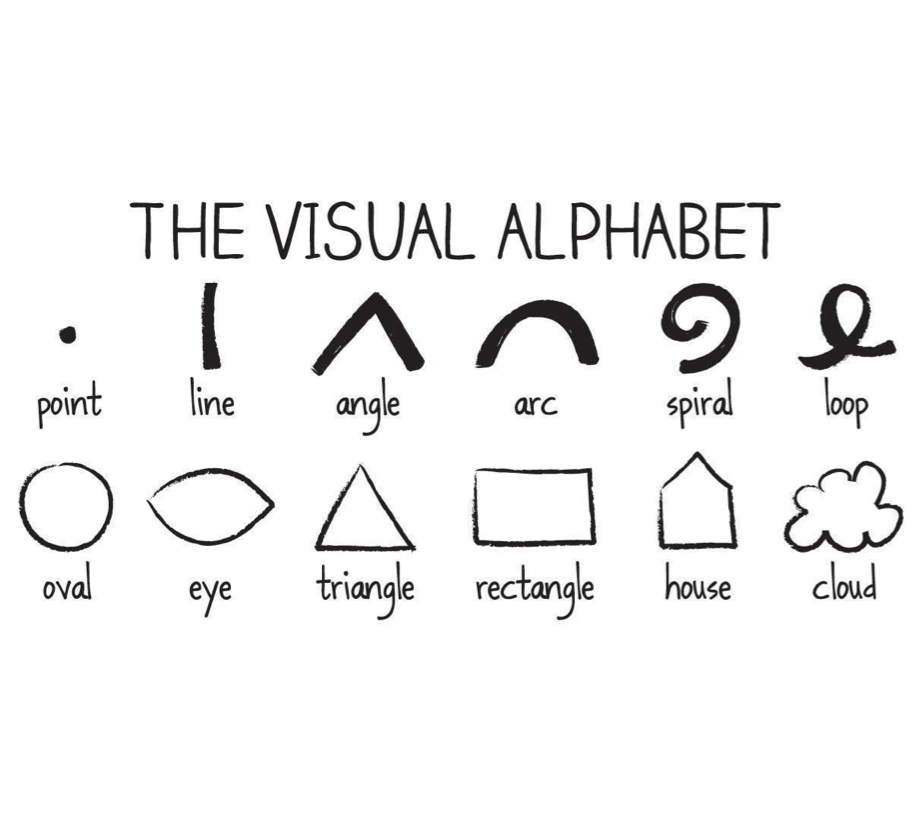
You’re free to just doodle away freehand. Let your hands take the steering wheel and give your mind a break. But wait, if you’re someone who looks for a method in the madness, we got you covered as well!
Sunni Brown, in her book ‘The Doodle Revolution’ Gives us three techniques that we can follow to doodle.
- Atomization: Take any idea, object, image, etc. and break it down into its simplest components. As simple as dots, lines, squiggles. She believes that anything and everything can be made out of these utterly basic elements.
- Game-Storming: Feel free to merge two completely different ideas and see where that takes you!
- Process map: You must have done this at some point in the form of a ‘mind map’. Write down words, make associations with that word. Make connecting arrows and so on, until you feel you have covered enough.
Your doodles have something to say!
Different people doodle different things. Some may draw pretty flowers in corners, some may go for crazy spirals all over. Believe it or not, these doodles may be a reflection of your personality!
- The kind of faces you draw can be mood indicators. A happy face may mean you look for the good in others. Side profiles indicate you may be an introvert.
- Complex patterns show you do not let go of your ambitions and loved ones.
- Angular arrows show goal-oriented thinking, while fluid arrows may relate to passion or romance.
- Stick figures are often doodled by those in control of their emotions.
Why is it great to create? Because it’s enjoyable. It’s fun making stuff—you start with nothing and end up with something else. Being creative opens up new ideas, exercises our brain, and makes us feel good.
Doodling is nothing but creating something for happiness.
So well, there’s no waiting, only expressing, only doodling!

